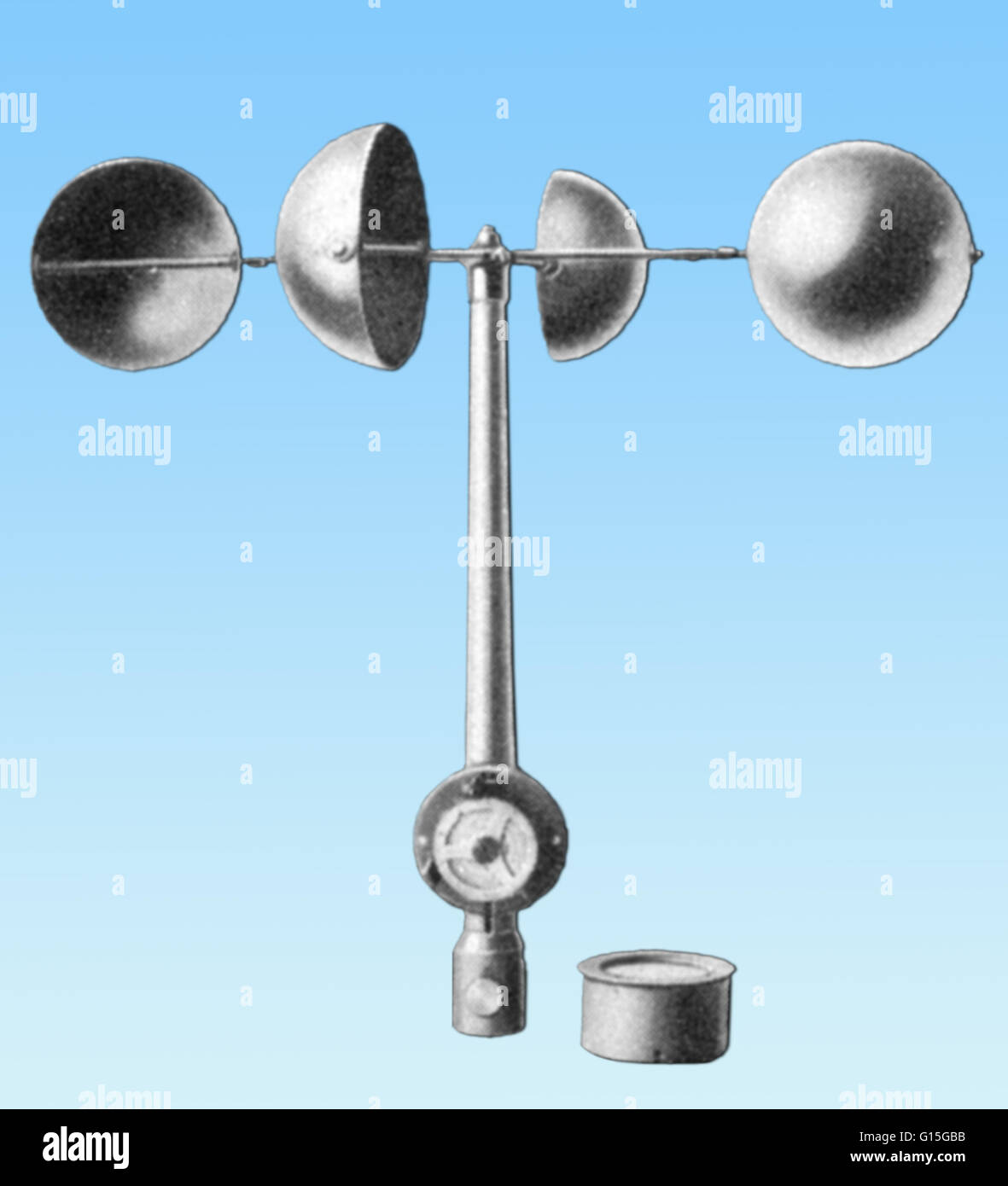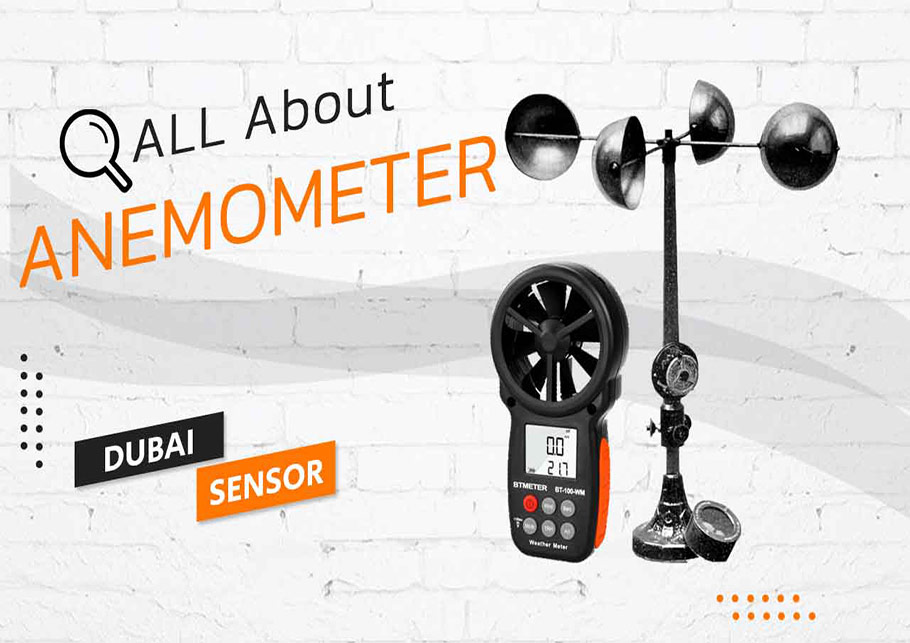Understanding Different Types of Anemometers for Various Applications
Understanding Different Types of Anemometers for Various Applications
Blog Article
All You Need to Learn About Anemometers: How They Work, Why They Issue, and Where to Utilize Them
Anemometers, though frequently ignored in the world of clinical instruments, play a crucial duty in various areas, using beneficial understandings right into wind rate and air flow patterns. Comprehending the mechanics behind these devices is crucial for anyone seeking to harness the power of this data. From meteorologists tracking weather patterns to engineers designing frameworks with wind lots in mind, the applications of anemometers are significant and varied. As we explore the complexities of anemometer technology, we will uncover the internal functions of these devices, their importance, and the essential considerations when choosing the ideal anemometer for details applications.

Anemometer Basics
A crucial instrument utilized to determine wind rate and instructions, the anemometer plays a crucial function in meteorology and numerous industries. An anemometer normally consists of three or 4 mugs that turn in the wind, a vane that directs right into the wind, and sensing units to track the movements or turnings. By computing the rotations or movements over a particular amount of time, the anemometer can establish wind rate. The vane assists figure out wind instructions by aiming right into the wind, supplying valuable information for climate forecasting, aeronautics, maritime operations, environmental surveillance, and wind power applications.
There are various kinds of anemometers available, including cup anemometers, vane anemometers, hot-wire anemometers, and sonic anemometers, each with its one-of-a-kind attributes and applications. Mug anemometers are generally utilized for basic wind rate measurements, while vane anemometers are liked for directional dimensions. Hot-wire anemometers are suitable for reduced airspeeds, and sonic anemometers are optimal for high-precision measurements in research and industrial setups. Recognizing the essentials of anemometers is essential for accurate wind information collection and evaluation throughout various industries.
Concepts of Anemometer Operation
Structure on the foundational understanding of anemometer essentials, the concepts of anemometer operation clarify the technicians behind wind speed and instructions dimensions. Anemometers run on the concept of air movement impacting a sensing unit, causing it to turn. Mug anemometers, for example, have 3 or even more mugs that record the wind, creating them to rotate much faster as the wind speed rises. The rotation speed is then exchanged a wind speed dimension. Vane anemometers, on the other hand, use a tail or a probe that straightens itself with the wind direction, offering a dimension of wind instructions based on the orientation of the sensing unit. Hot-wire anemometers depend on a warmed cable that cools as wind passes over it, with the price of cooling determining the wind address speed. Ultrasonic anemometers action wind rate and direction by analyzing the time it considers ultrasonic signals to take a trip between transducers. Understanding these principles is critical for precise and reputable wind measurements in various applications.
Relevance of Anemometers
The relevance of anemometers in weather forecasting and different markets can not be overstated. Anemometers play an essential role in determining wind speed and direction, giving vital data for weather projecting, climate research studies, environmental tracking, and aeronautics operations. Meteorologists rely upon anemometers to collect accurate wind information, helping them recognize weather condition patterns, forecast storms, and problem timely cautions to the public. In sectors such as construction, agriculture, renewable resource, and maritime procedures, anemometers are made use of to enhance processes, guarantee safety, and enhance effectiveness. For instance, wind farm drivers utilize anemometers to examine wind conditions and maximize power manufacturing from wind generators. In the maritime sector, anemometers help ship navigation by supplying real-time wind information to captains, aiding them make informed choices to ensure safe trips. Generally, anemometers are essential devices that contribute dramatically to security, effectiveness, and notified decision-making in meteorology and a variety of markets.
Applications Throughout Numerous Industries
In the sustainable energy industry, anemometers play a vital role in evaluating wind conditions for wind ranch positionings, making certain ideal power manufacturing. Industries like building and mining utilize anemometers to monitor wind rates, important for safety protocols, particularly when functioning at heights or in open-pit mines where solid winds can posture risks. In agriculture, anemometers assist farmers in taking care of crop spraying by providing real-time information on wind rate to avoid drift.

Picking the Right Anemometer for Your Demands
For general purposes, visit homepage a cup anemometer is ideal for gauging wind speed, while a vane anemometer offers wind direction data. Hot-wire anemometers are optimal for reduced airspeed dimensions, and ultrasonic anemometers provide high accuracy and toughness.

Final Thought
To conclude, anemometers play a crucial duty in measuring wind rate and instructions throughout various markets. Recognizing the principles of anemometer operation is necessary for choosing the appropriate tool for particular requirements. From weather forecasting to air travel, anemometers are crucial tools for making certain and gathering precise hop over to these guys data safety and security in different applications. When choosing the most ideal device for measuring wind conditions., it is essential to think about the importance of anemometers in order to make enlightened decisions.
There are numerous kinds of anemometers readily available, consisting of cup anemometers, vane anemometers, hot-wire anemometers, and sonic anemometers, each with its special attributes and applications. Cup anemometers are typically utilized for standard wind rate dimensions, while vane anemometers are favored for directional dimensions. Hot-wire anemometers are ideal for reduced airspeeds, and sonic anemometers are optimal for high-precision measurements in research study and industrial settings.Building on the foundational understanding of anemometer essentials, the concepts of anemometer operation elucidate the mechanics behind wind speed and instructions dimensions. For general purposes, a mug anemometer is appropriate for gauging wind rate, while a vane anemometer supplies wind instructions data.
Report this page